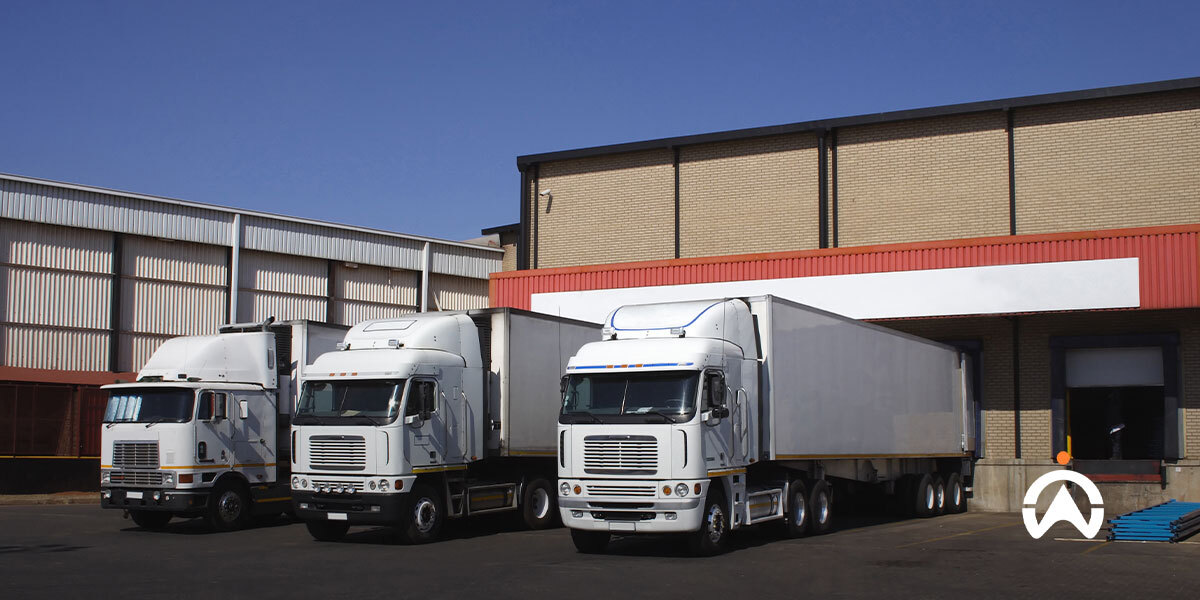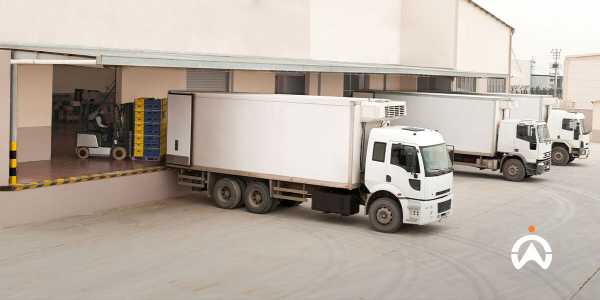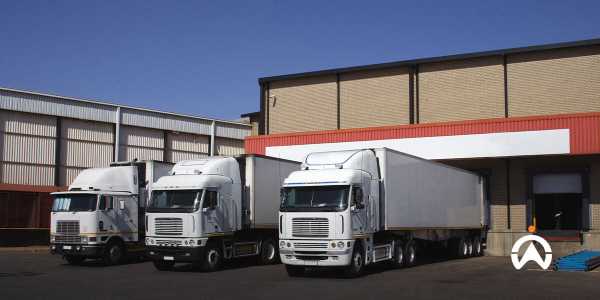- Solutions
- The Company
- About usCartrack offers smart fleet solutions guaranteed to optimise your fleet and workforce, no matter how big or small your business.
- Investor RelationsCartrack has a history of strong cash flow generation and cash conversion, low financial leverage and strong dividends.
- CareersCareers portal. View all the current Cartrack career openings and opportunities available.
- Resources
- Contact Us
- Bahasa
- Login
Understanding Cold Chain Logistics and 5 Key Elements to Maintain the Quality of Temperature-Sensitive Products

---- 17/04/2023 ---
Are you running a business in cold chain logistics? Are you the fleet manager for a company that ships temperature sensitive products? Or are you learning more about cold chain logistics and refrigerated trailers? Or maybe you have a fleet of refrigerated trailers or 100's, then this blog is for you.
| Here is the information you'll read in this article: |
|---|
|
What is Cold Chain Logistics and How Is It Developed?
Back in the 1700s villages in Great Britain used community cooling houses to keep meat, fruit, and vegetables stored. Later in the 1800s, fishermen and farmers used ice to preserve their produce while transporting it from rural to urban areas for commercial purposes.
The methods of managing the temperature of products to sustain their quality are referred to as cold chain, and the transportation of these products while maintaining suitable temperatures for preservation is known as cold chain logistics (also called chill chain logistics).

Any product categorized as “perishable” or “temperature-sensitive” needs effective cold chain management which ensures that temperatures are controlled in transit, process, storage, and display to the end customer. These perishable, temperature-sensitive products include foods, beverages, and even pharmaceutical products such as:
- Vaccines (including COVID-19 vaccines) and other medical products
- Wines
- Desserts (ice cream & gelato)
- Meat and seafood
- Fresh fruit and vegetables
- Milk and its processed products (yogurt, ice cream, cheese and other fermented products)
Companies that manufacture, transport, or sell the above types of goods and products, place a high priority on cold chain logistics. This is because temperature-sensitive products are at high risk of spoiling, losing flavor and quality, as well as being dangerous to public health if the right temperatures and environments are not maintained throughout the cold chain and ultimately lead to financial losses.
Five Elements of Cold Chain Logistics
Cold chain logistics is a process that involves a series of tasks that must be performed to prepare, store, transport, and monitor temperature-sensitive products. The success of cold chain logistics relies on the ability to control temperatures along every step of the cold chain logistics process, ensuring that products are in good condition upon delivery to the end customer.

There are five (5) supporting elements that you must pay attention to so that the process of transporting temperature sensitive products can run well.
-
Cooling System: These are systems used to bring products to their required and specified temperature, ensuring that products are at the appropriate temperature during all aspects of the cold chain, including processing, storing, and transporting.
Some food categories that require a certain cold temperature:
- Tropical fruits such as bananas or pineapples may ripen during transport, requiring a stable temperature range of 12° to 14°C.
- Vegetables, fruits, dairy products and meat should be cooled to about 2° to 4°C.
- Meat, bread, cakes and other products that need to be frozen require a temperature between -10° and -20°C.
- Seafood, ice cream and some frozen foods require a temperature between -25° to -30°C. -
Cold Storage: Temperature-sensitive products need to be stored in the right place during the waiting period – before being transported for processing or distribution to markets. Cold storage facilities and equipment such as vaccine and medical refrigerators and freezers, refrigerants, insulated containers, and cold rooms or chillers are some cold storage essentials used to protect and preserve temperature-sensitive products.
-
Cold Chain Packaging: Cold chain packaging systems also known as cooling technologies are designed to maintain temperature-sensitive products at the correct temperature whether cool, cold, or even frozen. These include gel packs, dry ice, liquid nitrogen, eutectic plates, and quilts.
-
Cold Transport: Whether the cold chain is local or global, cold transport keeps cold products at a stable temperature by controlling humidity levels. There are several means by which cold chain products can be transported, including:
- Refrigerated trucks or reefer trailers
- Refrigerated cargo ships
- Air cargoCold transporting also involves using IoT devices for temperature tracking and monitoring to provide real-time data needed to ensure temperatures remain consistent, product quality and integrity are not compromised, and safety and regulations are complied with. You can add a temperature sensor from Cartrack to help monitor the temperature in your cargo.
Also read the article: Sediakan Berbagai Sensor Tambahan, Cartrack Berikan Kontrol Penuh atas Kendaraan -
Cold Processing and Distribution: This involves maintaining the appropriate temperature from when products are received from suppliers to the unloading from trucks, trains, or air-planes onto pallets or crates to move them to storage for end customers. Cold processing and distribution facilities enable multiple suppliers and distributors to deliver cold products to various destinations to meet B2B or B2C customer demands.
Complete your cold chain logistics business with Cartrack Temperature Sensors now! Contact our marketing team at 021 3973 0230 or or click the following WA link https://wa.me/622139730230













 Select Countries
Select Countries